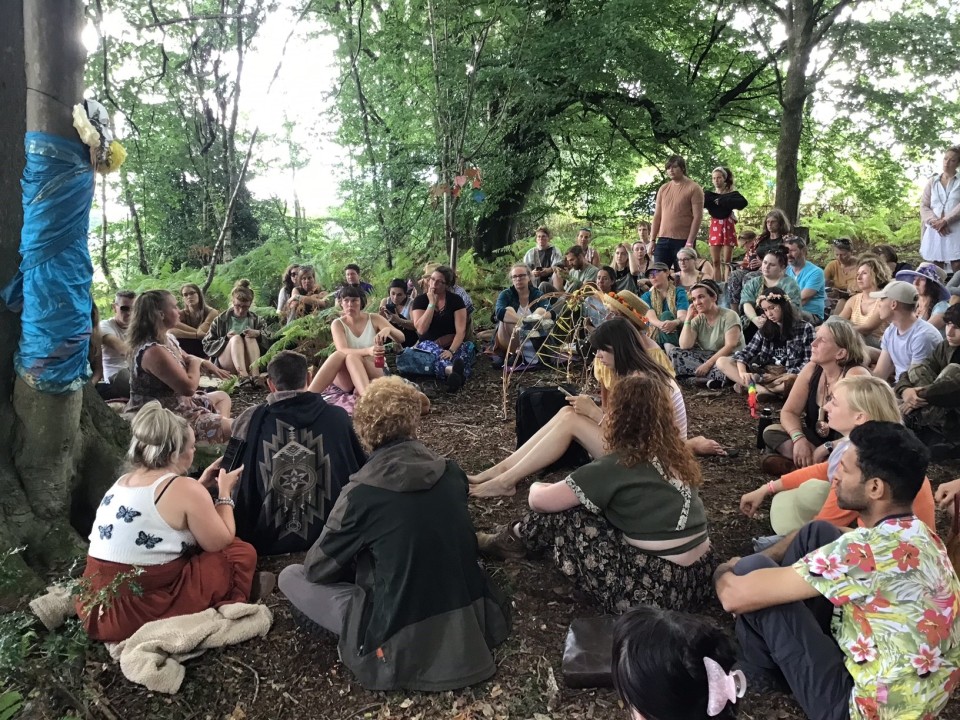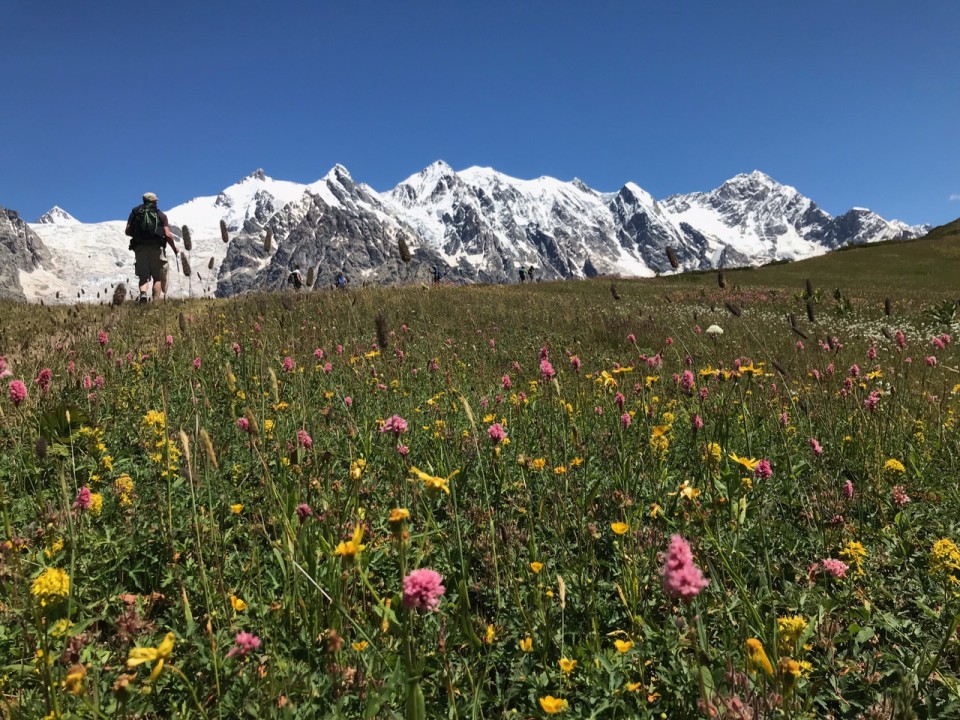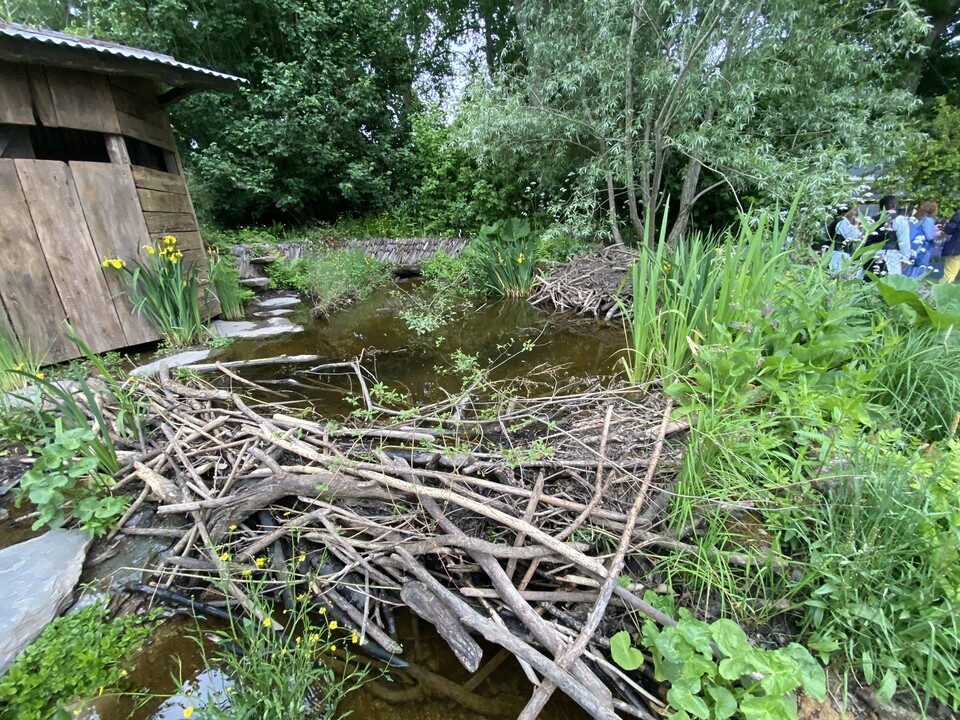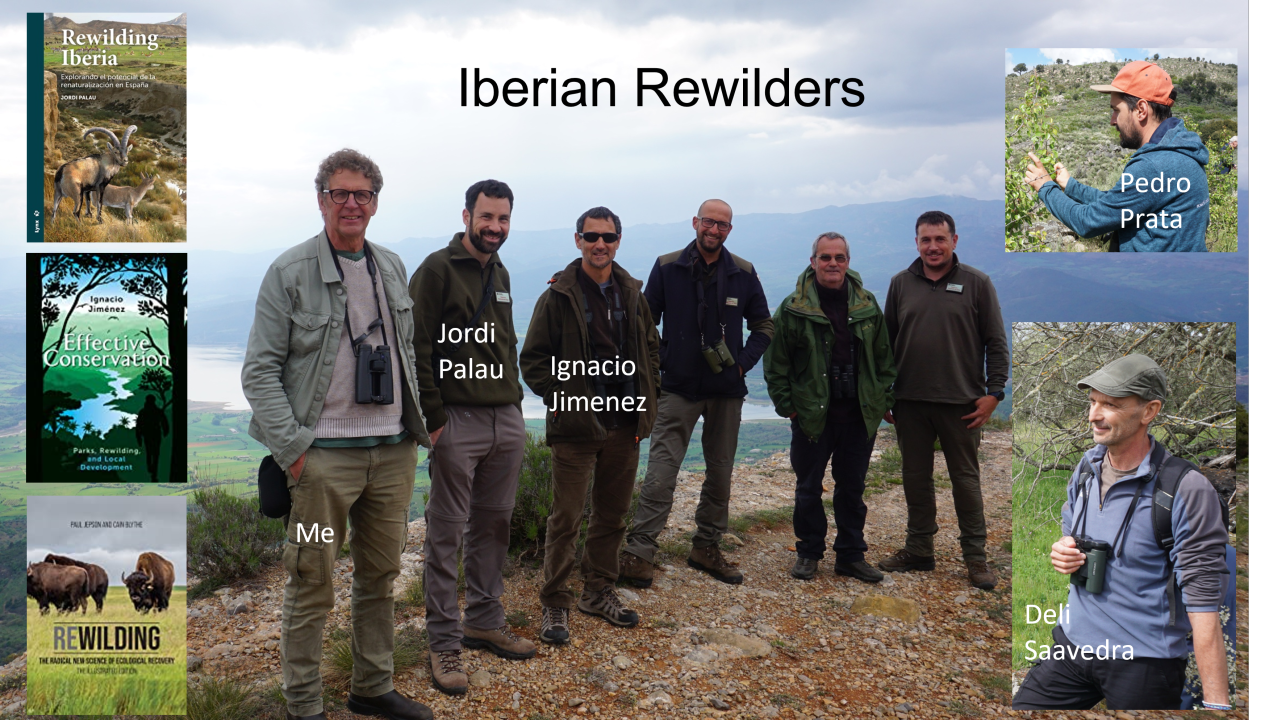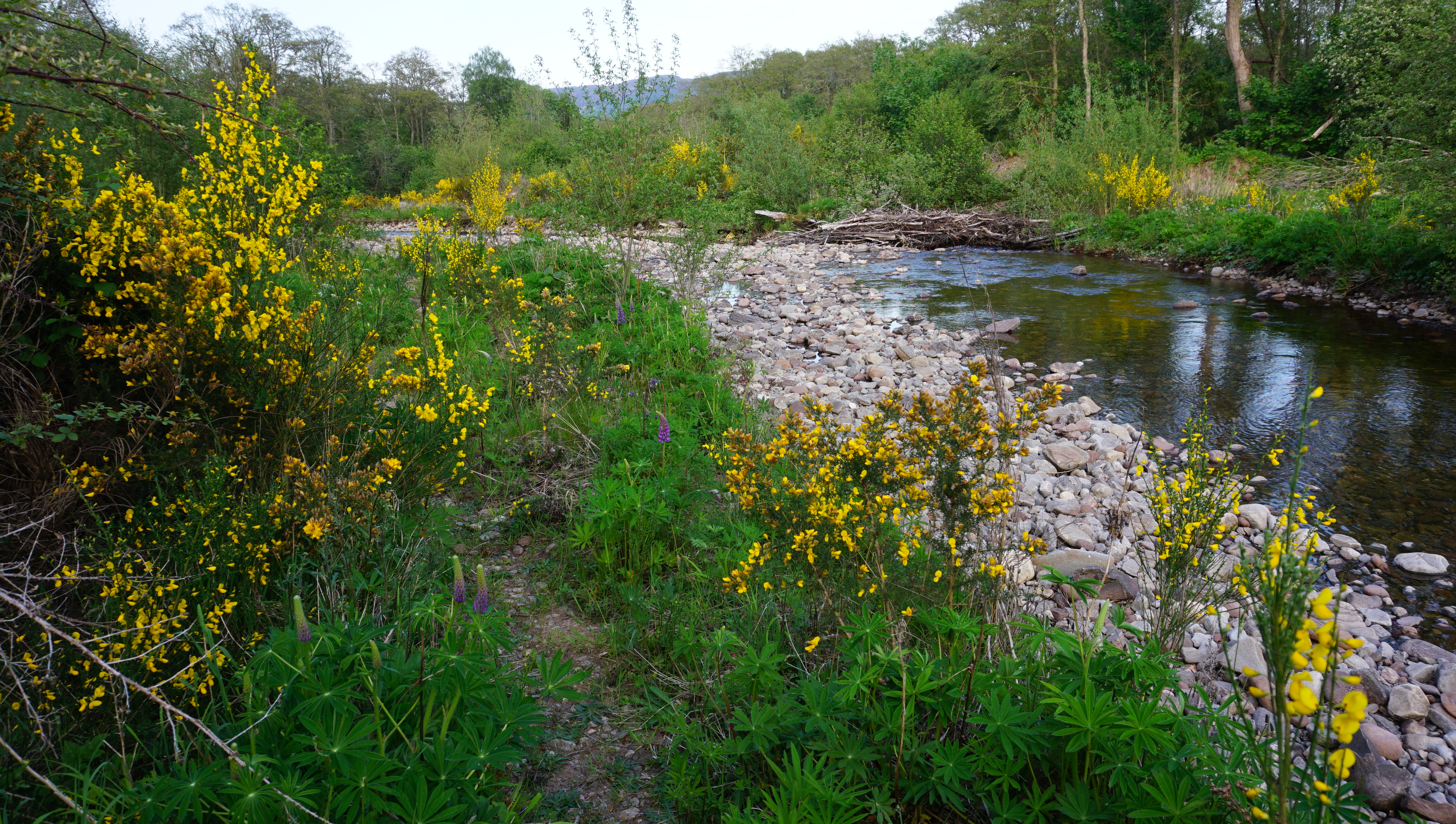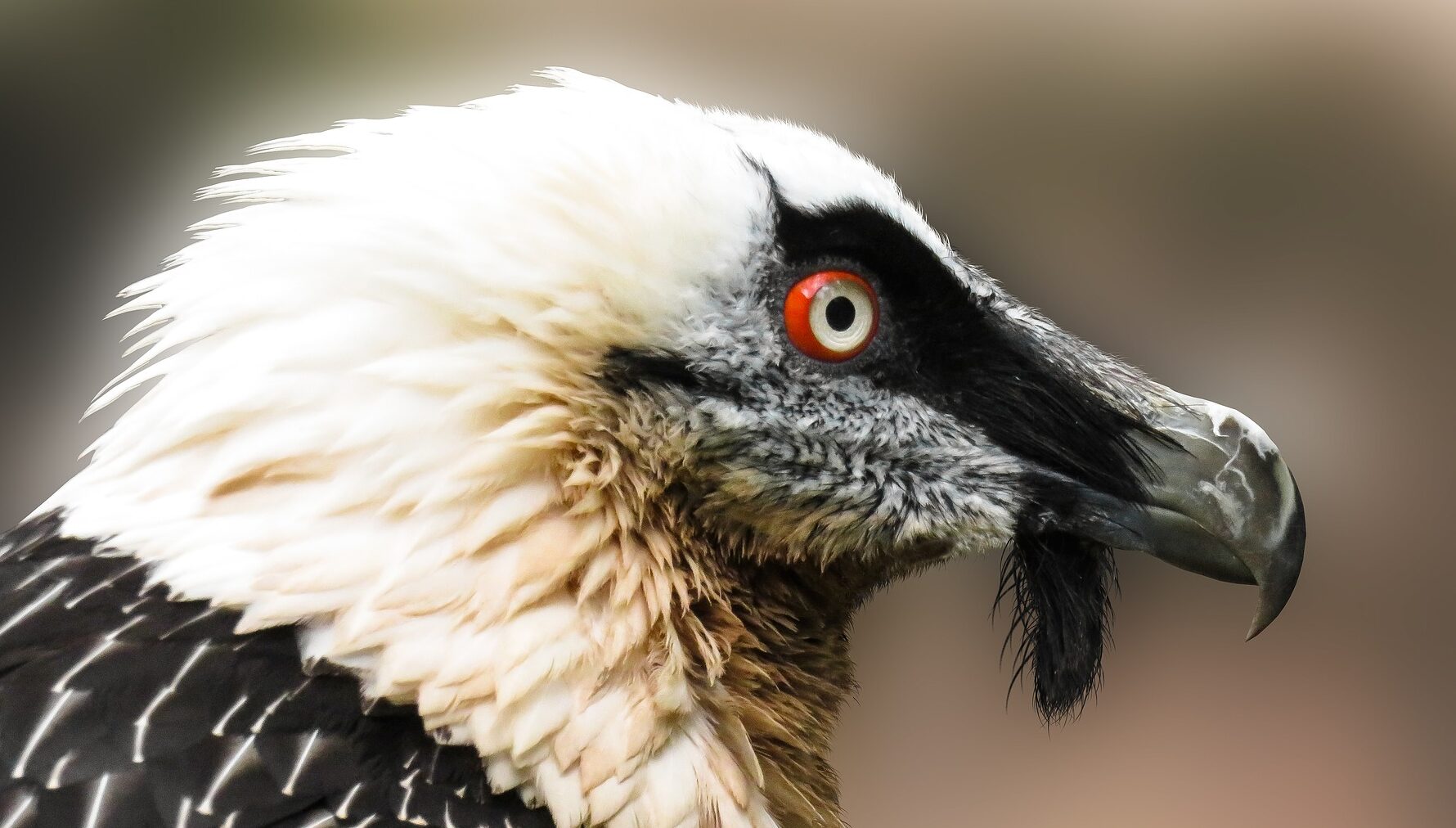Cycling through the Forest of Dean, my daughter and I encountered a sign instructing us not to enter a picnic area. The sign was superfluous as rooting by wild boar had made the picnic area un-rideable. For supporters of rewilding though, the reappearance of wild boar in the forest of Dean might seem welcome news. Boar are classic ‘ecosystem engineers’ – their rooting and wallowing behaviours create disturbance dynamics that favour some species and impact others. The restoration of ecological processes is at the heart of rewilding visions.
However, boar have another identity: that of a fecund rogue. Boar are adaptable and powerful and capable of causing serious damage to crops, gardens, sports fields and other wildlife populations such as reptiles and ground-nesting birds. Those in the Forest of Dean were not introduced for rewilding purposes: they were illegally released from a boar farm.
Boar breed like rabbits and across their native and introduced range governments have contended with periodic boar ‘plagues’ that wreak havoc. A recent study found that a 1988 boar ‘infestation’ in the German Democratic Republic was the outcome of interactions between agriculture, forestry and conservation policies.
The Forest of Dean’s boar population is increasing rapidly – from an estimated 100 animals in 2008 to 1,500 last year – and conditions look conducive for a boar population explosion. The government’s 2008 Wild Boar Action Plan (PDF, 912k) classes the species as feral, meaning that local communities and landowners, such as the Forestry Commission, have primary responsibility for wild boar management.
The Forestry Commission is culling increasingly large numbers of boar (38 in 2008 rising to 543 last year), but the effectiveness of the cull is constrained by the difficulty of estimating boar populations and balancing conflicting pressures. A local pressure group, Friends of the Boar, wants them protected while others want them heavily controlled. Added to this, as a public forest the commission must ensure that any form of shooting is conducted with public safety in mind. In short, current policy is reactive and uncoordinated.
Should boar numbers get out of hand and they start behaving badly, this ‘candidate for rewilding’ could damage the reputation of the UK’s incipient rewilding movement. The public would understandably be more fearful of other reintroductions such as beaver, lynx and wild cattle. A potential flagship for rewilding could transform into a liability.
Although rewilding has not been planned in the Forest of Dean, rewilding theory and practice offer ideas on how to approach the wild boar issue. A key goal of rewilding is the restoration of trophic cascades – relations between predators and prey – that promote self-sustaining and wildlife-rich ecosystems. The trouble with wild boar introductions in the UK is that the boar’s only remaining natural predator is an omnivorous primate that has changed its ways in the centuries since the boar went extinct. Restoring other boar predators – the lynx and wolf – is a while off and the predator ‘assemblage’ would be neither complete nor effective without us. Put another way if we want wild boars back, we must rewild our society and restore hunters within our communities.
“I have never wanted to hunt, but the more I work through the practicalities of rewilding the more I am thinking that, in some places, hunting has to be part of the picture”
If we are going to restore our large mammal assemblages in a wilder Britain we will need to fulfil the role of top-predator. It is time to start talking about what sort of predator we want to be.
Hunting represents one of Britain’s great social divides. Influential publics portray hunters as wealthy and privileged and argue that it is immoral to kill animals for fun and pleasure. Hunting publics retort that hunting is part of a traditional rural way of life, creating jobs and an impetus to manage wildlife and their habitats. They also feel that objectors don’t really understand what hunting involves.
Rewilding adopts a pragmatic approach to hunting. It views predation and death as a natural and necessary aspect of functioning ecosystems and recognises that rewilders and hunters have a number of interests in common Crucially, rewilding also views restored populations of larger animals as assets for nature, society and the economy.
Those against hunting generally consider culling a humane and therefore legitimate means to control wildlife populations. Culling is perceived as a clinical ‘scientific’ form of hunting, but it is also one that can be expensive and difficult to get right. Further, for wild boar culls to be effective, ‘sounder groups’ of sows and their piglets must be shot. Importantly, culling frames animals as a problem that we must pay to deal with and contributes little to rural economies.
“Hunting can generate new nature-based economies and enhance rural living”
The creation of local hunting associations would strengthen the social fabric of the area and provide of supply of wild meat, enriching local cuisine. ‘High end’ hunting such as trophy hunting or Gordon Ramsey-style gourmet hunting (hunt-butcher-cook) could support profitable local enterprises generating jobs and diversifying the local economy.
From a wildlife management perspective, the challenge of hunting lies with the hunters practice of selectively targeting mature animals, their desire to maintain and enhance game populations and their tendency to form powerful and sometimes self-interested lobbies.
The Dutch, who have a history of boar hunting and a three decade start in us when it comes to rewilding, are developing an interesting model for boar management. This is based on the principles of minimising the numbers of wild animals shot, increasing their ‘viewability’ and restoring natural processes. It is informed by the notion of ‘landscapes of fear’. This is an influential concept in rewilding based on evidence that prey species – boar, deer, wild cattle and the like – avoid areas with high predation risk thereby creating mosaics of different grazing, rooting and trampling pressure and landscapes that are ecologically more diverse and dynamic.
The Dutch idea is to zone and plan natural areas to ‘mimic’ landscapes of fear (and death). This involves: ‘zero-tolerance’ zones where boar hunting and culling is practiced to reduce damage to crops, gardens, vulnerable wildlife and the risk of road collisions; and refuge areas where boar (and deer) populations are left to their own devices, where investments are made in facilities for visitors to photograph and watch boar, and where scientists can study the impacts of boar and revisit assumptions on what constitutes ‘natural’ population numbers.
Intertwining and separating these zones are recreational areas where activities such as walking, cycling, and dog walking are concentrated and promoted. With hunters active in the wider area, boar are likely to shun these areas with the result that there will be less rooting up of picnic areas and the spring bluebell carpets that delight visitors.
Rewilding offers a body of theory, practice and visions that can inspire innovative thinking on rural futures. The case of wild boar and the Forest the Dean offers an opportunity for a wider public discussion on the relationship between hunting, society and rural futures.


